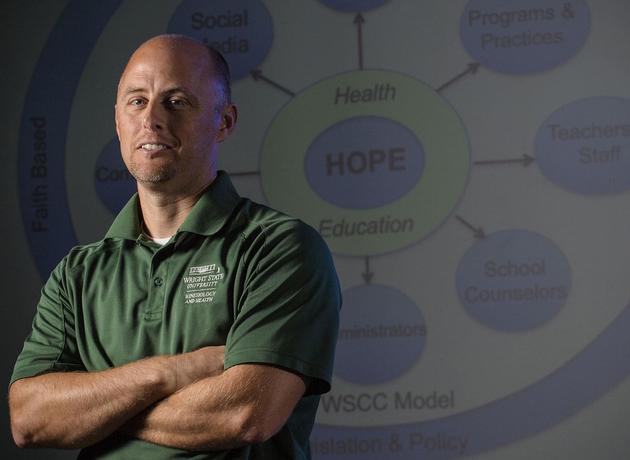
Excerpt from the Washington Post
Ohio, a state where 4,329 people died of drug overdoses in 2016, a death rate second only to neighboring West Virginia, is taking the fight against the opioid epidemic into the classroom with a new style of drug-abuse-prevention education.
Ohio’s plan, controversial in a state that prizes local control over schools, features lessons that begin in kindergarten. Instead of relying on scare tactics about drug use or campaigns that recite facts about drugs’ toll on the body, teachers are encouraged to discuss real-life situations and ways to deal with them and to build the social and emotional skills that experts say can reduce the risk of substance abuse.
Joy Edgell, principal of Belpre Elementary School in southeastern Ohio, said that, until recently, kindergarten safety efforts typically focused on stranger danger and on avoiding household hazards. But three years ago, a first-grader brought a heroin needle to school in her backpack. She explained how her father used the needle and said that she brought it to school to keep a younger sibling from stepping on it.
“I gave her a hug,” Edgell said.
Then she called the police.
“This is here. This is real,” Edgell told her staff.
This year, Belpre began a pilot of the Health and Opioid Prevention Education, or HOPE, program, developed by Kevin Lorson, a health and physical education professor at Wright State University and a team of educators with a grant from the Ohio Department of Higher Education.

